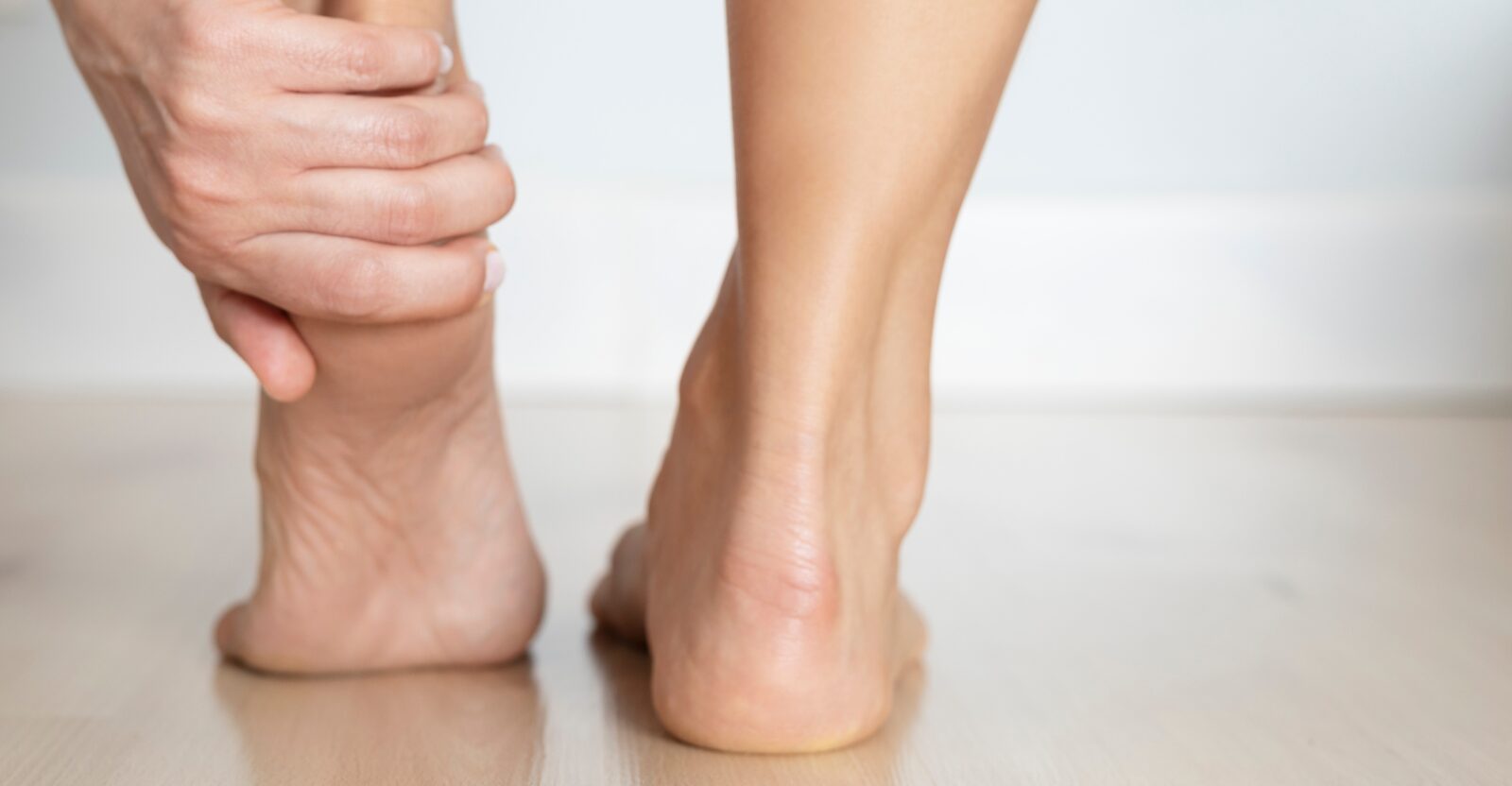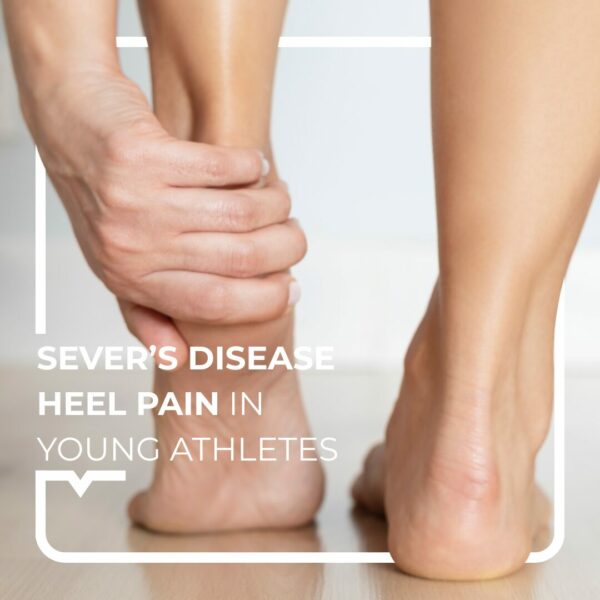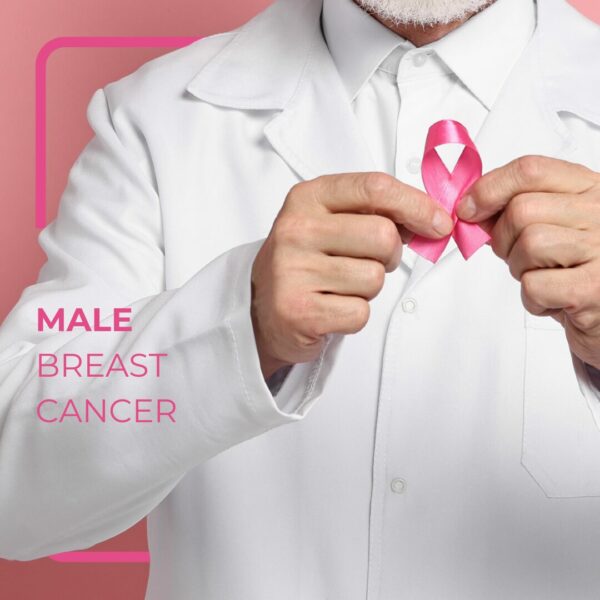Tiago, aged 12, is getting ready for his usual football training. But for the past few weeks, a dull, persistent pain in his heel has stopped him from running as he used to. Every jump, every sprint triggers this discomfort, turning his passion into a source of worry. His attentive parents wonder what could be causing this pain in such an active child.
Is this type of heel pain common in young athletes? Could it be Sever’s disease?
Hello, I am Dr Joy !
In this article, we explore the causes of this condition, its symptoms, and the best ways to relieve it in young athletes.
I – What is Sever’s disease?
Sever’s disease, also known as calcaneal apophysitis or calcaneal growth osteochondrosis, is an inflammation of the growth plate in the heel (calcaneus). It mainly affects children and adolescents undergoing growth spurts, typically between 8 and 14 years old, with peak incidence around age 11. The heel continues to develop until approximately 15 years of age. This is a benign condition that resolves completely once growth is complete.
II – Symptoms and causes
Sever’s disease presents as pain localised on the sides beneath the heel. The pain worsens when standing on tiptoe or running. Some children may also experience warmth and swelling in the heel. Walking on tiptoe may temporarily relieve the discomfort.
This condition is common in children who are physically active. It is triggered by overuse of the heel structures, especially the Achilles tendon and the calcaneus. During growth, the bone can lengthen faster than the muscles, causing excessive tension of the Achilles tendon on its still-immature attachment at the heel.
Intensive and repetitive sports activities, such as football, running, tennis, dance, or athletics, increase the risk of microtrauma and inflammation.
Factors such as a high body mass index (BMI), tall stature, lack of flexibility in the posterior chain (calf, Achilles tendon), foot posture disorders, wearing unsuitable or overly rigid footwear (such as football boots), and practising barefoot (for example, in gymnastics) can also contribute to its onset. In 50–80% of cases, both heels are affected.
III – Diagnosis and treatment
The diagnosis of Sever’s disease is primarily clinical, based on the child’s symptoms and sports history. X-rays do not directly confirm the diagnosis but are useful to rule out other causes of heel pain, such as bone cysts or stress fractures. A podiatry assessment can help identify any foot misalignment or structural issues.
Treatment mainly focuses on pain relief and reducing stress on the heel:
- Rest and reduced sports activity are often recommended initially.
- Heel pads or cushioned inserts are highly effective as they reduce Achilles tendon traction.
- Night splints can help stretch the calf muscles and maintain flexibility.
- Custom orthotic insoles may be prescribed to correct underlying problems and reduce long-term symptoms.
- In severe cases, temporary immobilisation with a cast may be necessary to relieve pain and stretch the calf muscles.
- Non-steroidal anti-inflammatory drugs (NSAIDs) or painkillers can be used occasionally for symptom relief.
- Physiotherapy sessions can help improve ankle and Achilles tendon flexibility.
Sever’s disease typically lasts a few months and resolves completely once the heel bone growth is finished.
IV – Prevention
Children should not be prevented from playing sports, as physical activity is vital for their development. However, to prevent or reduce the risk of Sever’s disease, it is recommended to:
- Choose sports shoes with good cushioning suitable for the activity.
- Use heel pads in shoes.
- If vulnerability is noted, consider less impact-heavy sports for the heel.
If your child experiences persistent heel pain, consult a podiatrist for an accurate diagnosis and tailored treatment.
This information is not a substitute for medical advice.
You must seek the advice of your doctor or another qualified health professional with any questions you may have regarding your health condition.
Sources:



